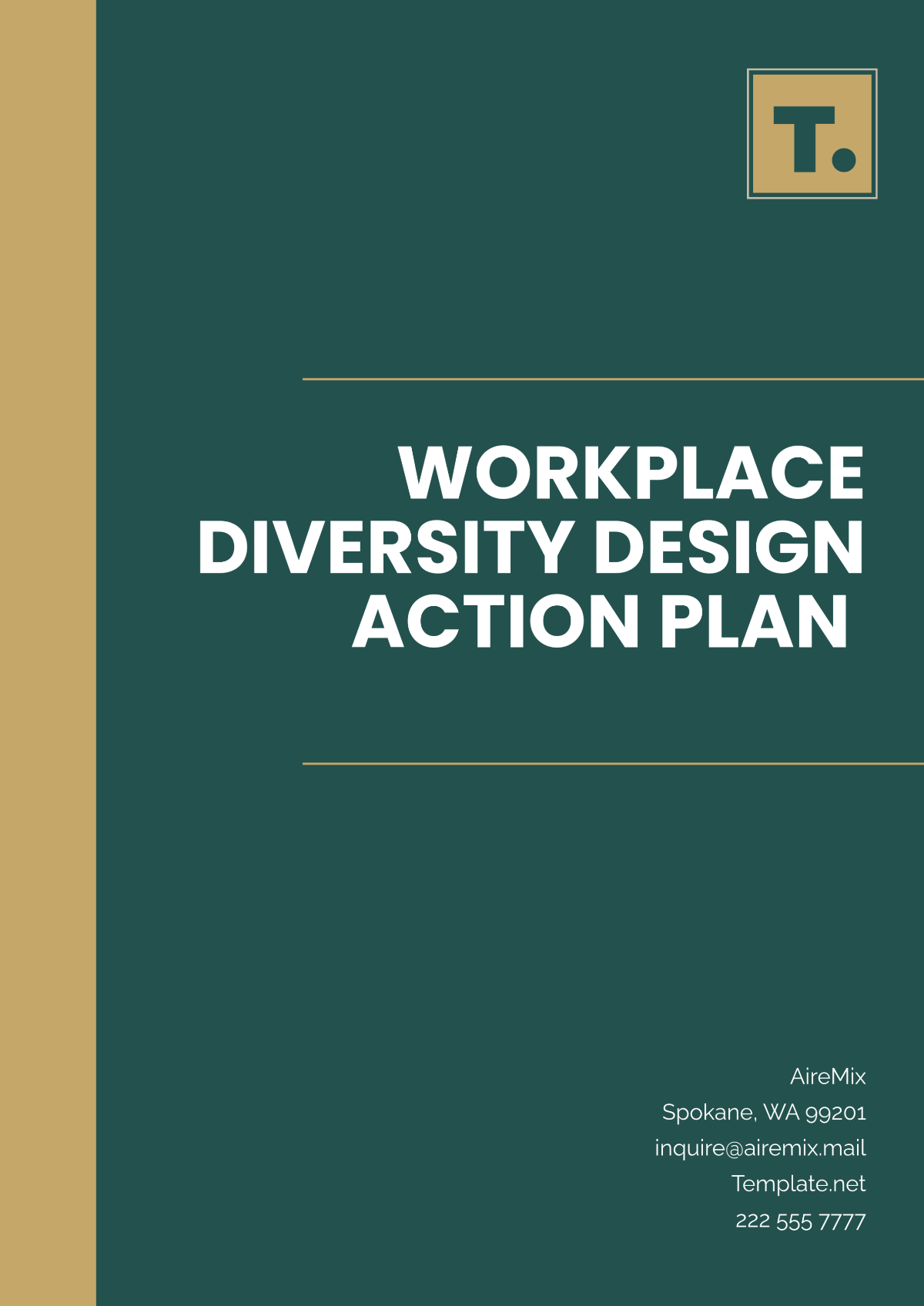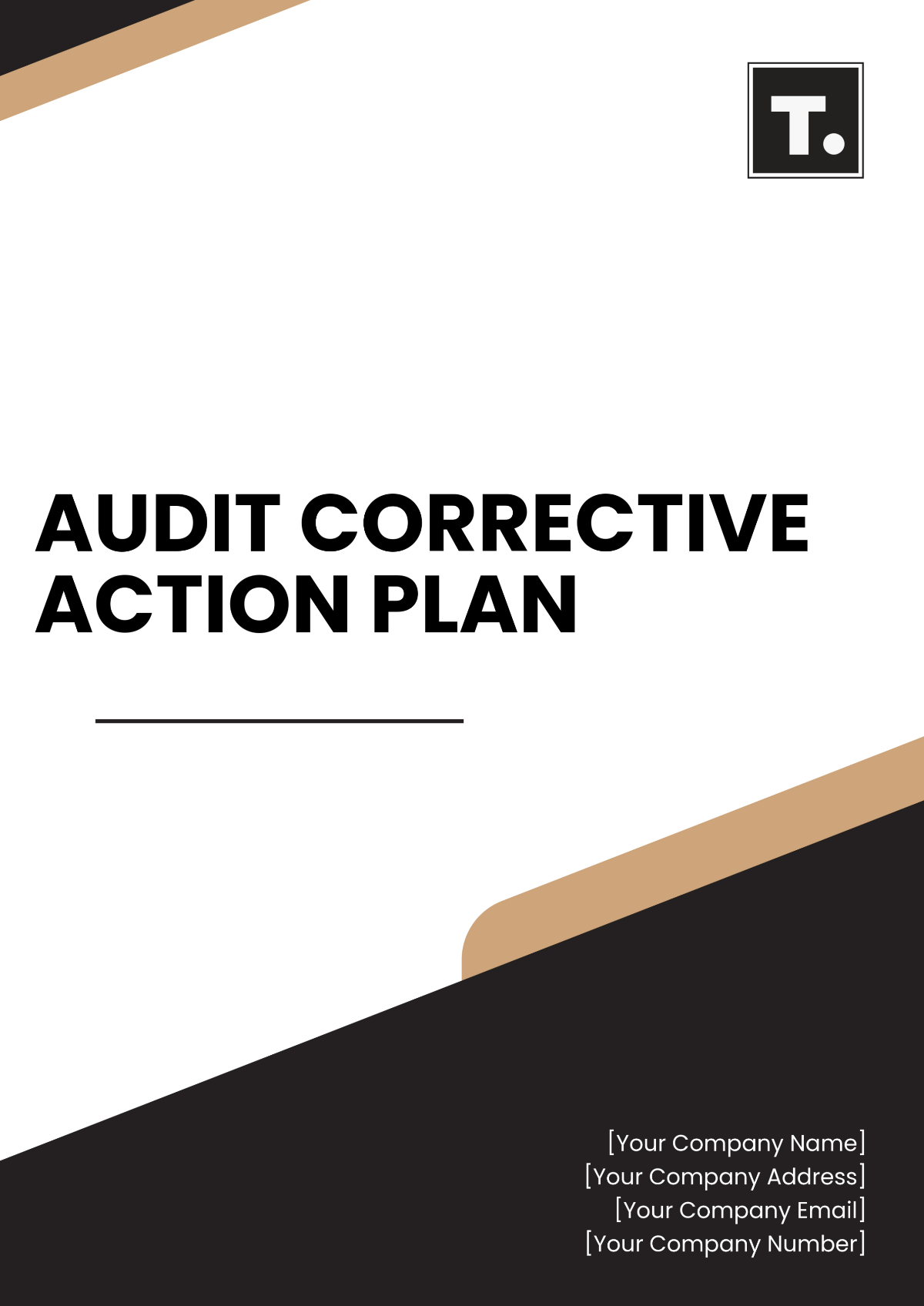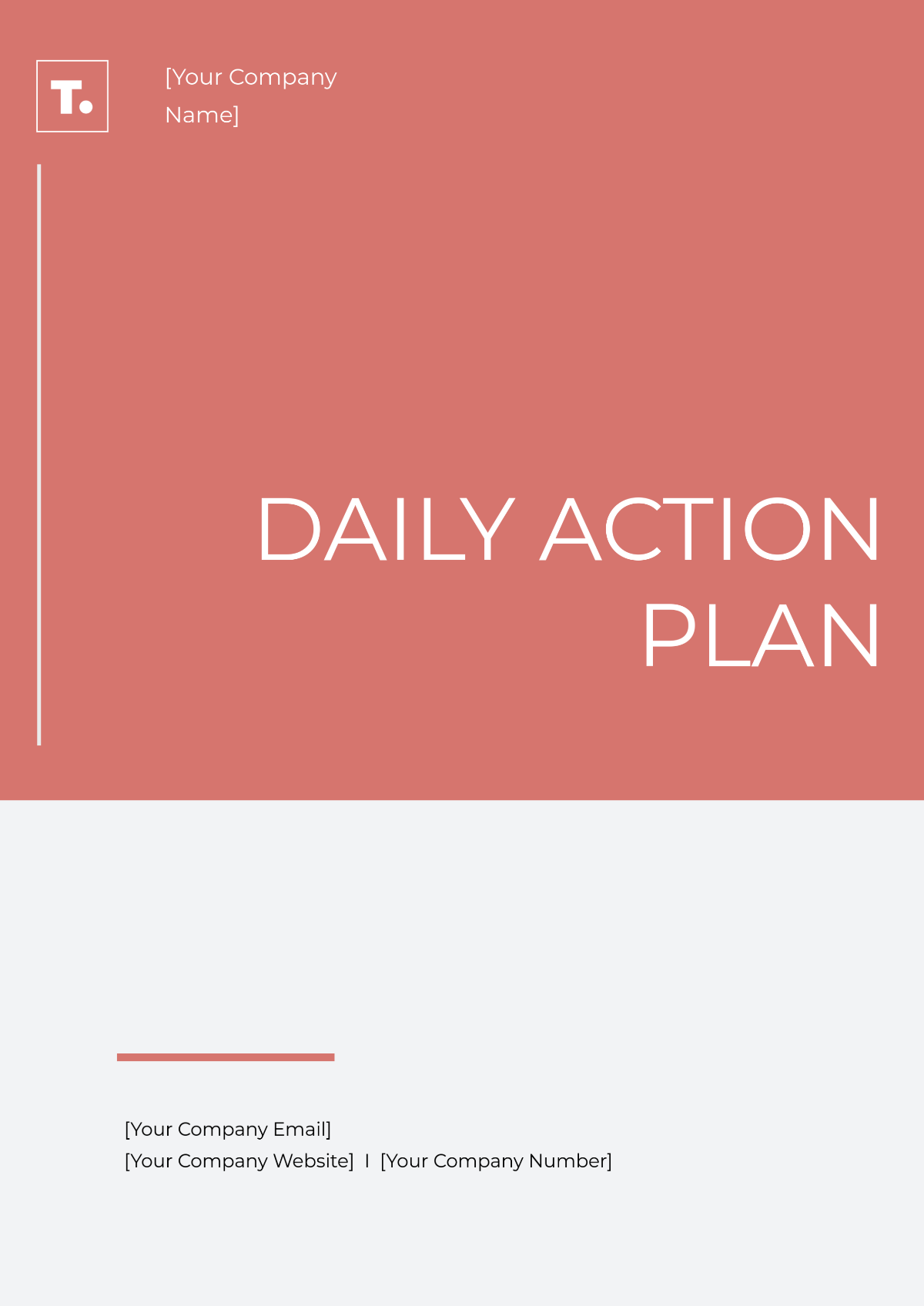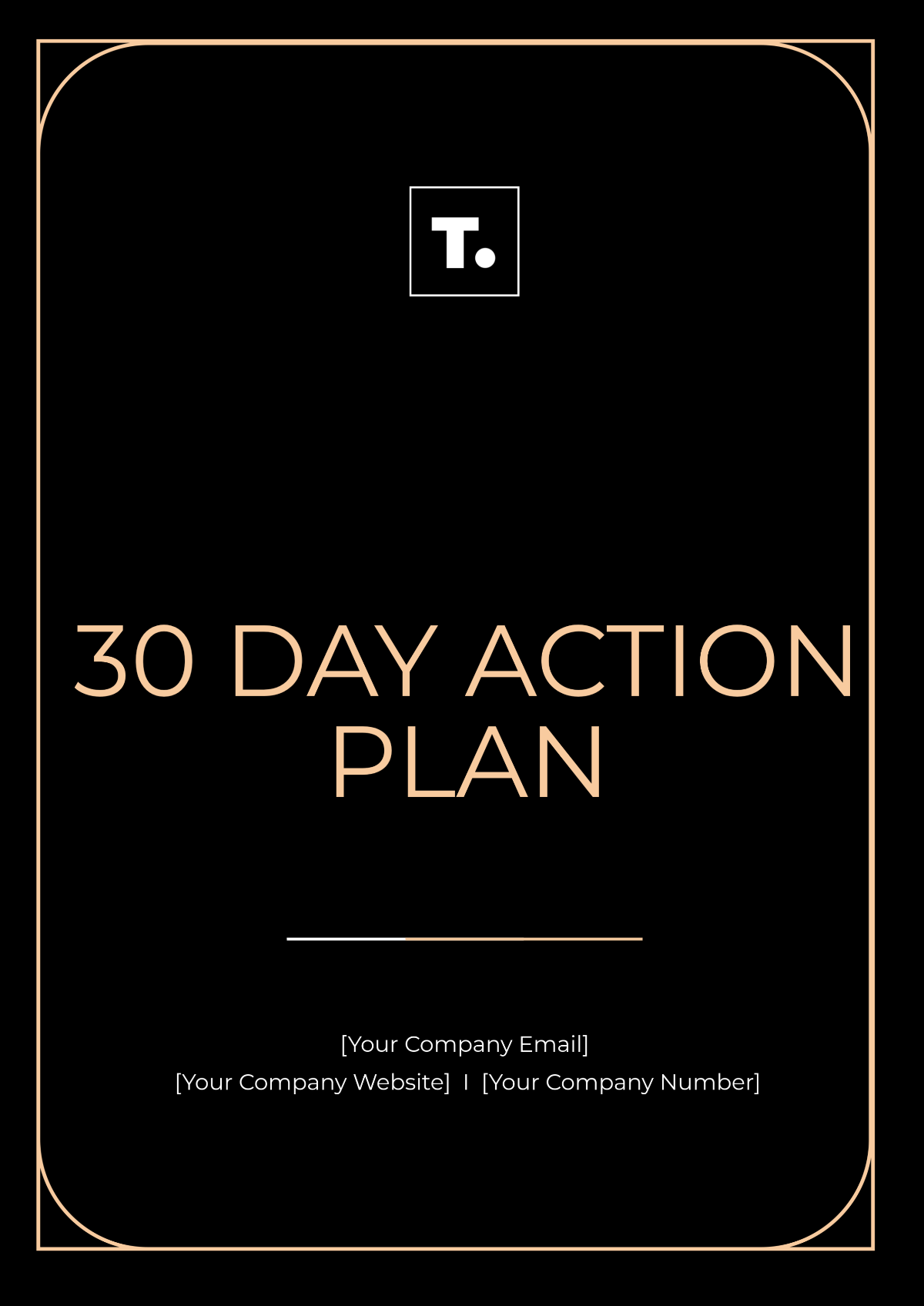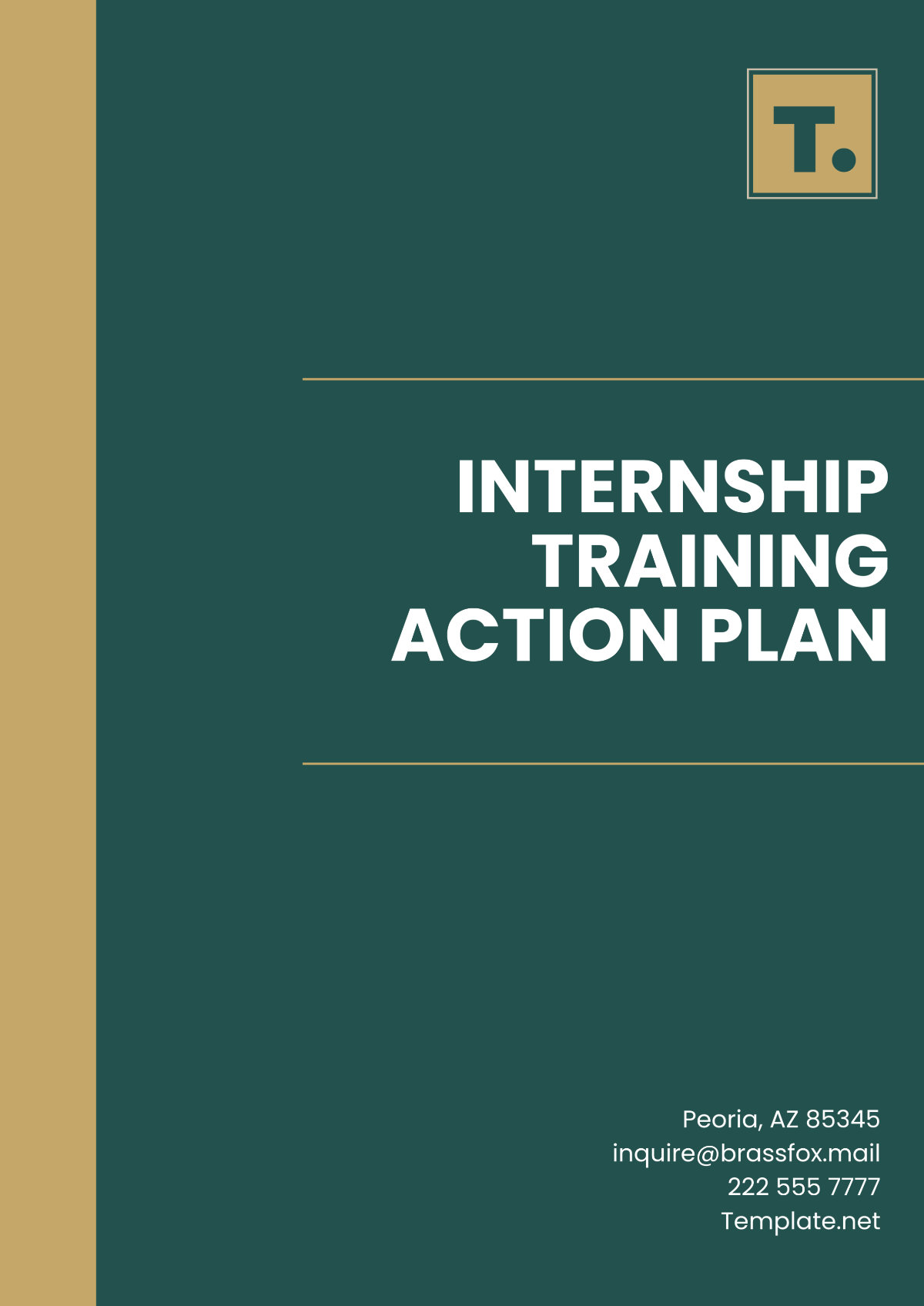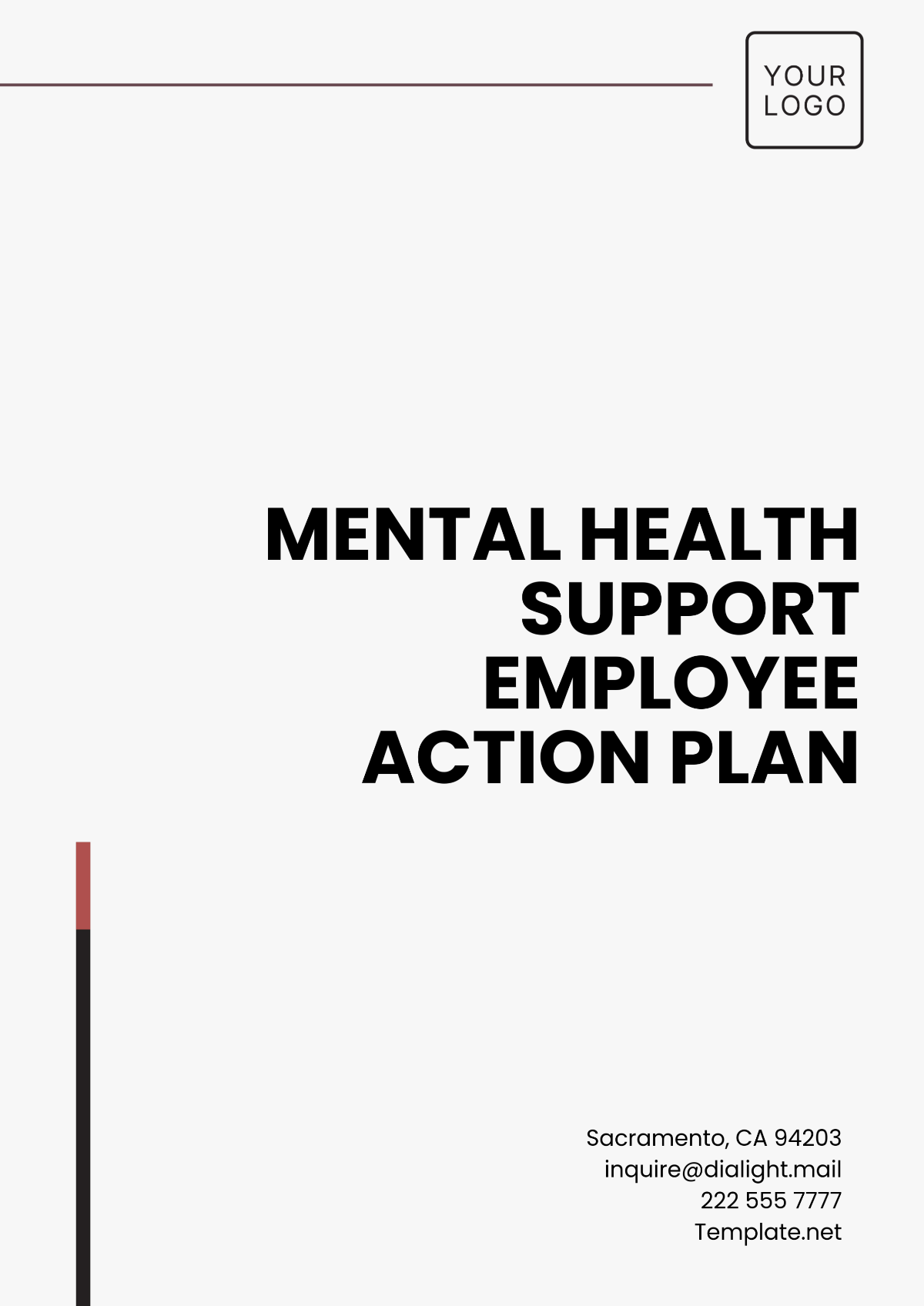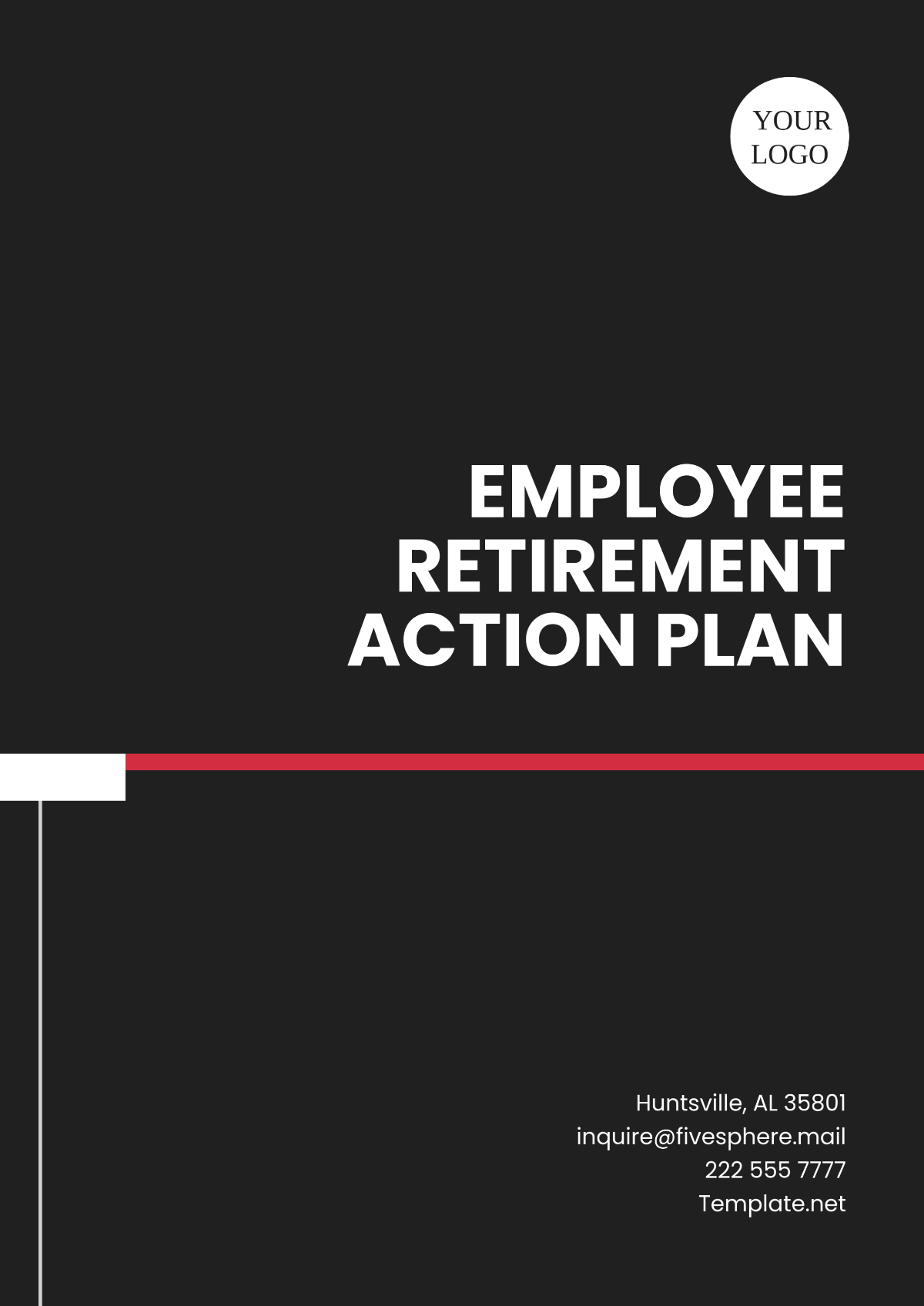Tech Startup Brand Action Plan
Prepared by: [Your Name]
Company: [Your Company Name]
Date: [Date]
1. Executive Summary
This action plan outlines a comprehensive strategy to establish and grow the brand identity of [Your Company Name], a cutting-edge technology startup focused on revolutionizing the enterprise software sector. The primary goal is to enhance brand visibility, attract potential customers, and foster lasting brand loyalty. By focusing on building a strong and recognizable brand identity, leveraging digital channels, and continuously engaging with the target audience, [Your Company Name] aims to become a leader in the enterprise solutions market.
2. Brand Identity Development
A. Define Brand Vision and Mission
Vision: To empower enterprises globally with innovative software solutions that drive operational efficiency and business growth.
Mission: To develop cutting-edge, scalable software solutions that enable businesses to optimize their processes, enhance collaboration, and unlock new growth opportunities.
Long-Term Goals: Achieve market leadership in the enterprise software space within the next 5 years, focusing on customer-centric innovations, global expansion, and a robust product ecosystem.
B. Establish Brand Values
Innovation: Constantly evolving to incorporate emerging technologies like AI and machine learning to stay ahead of market trends.
Integrity: Transparent communication, ethical practices, and delivering on promises.
Customer-Centricity: Committed to understanding customer needs and providing tailored solutions.
Sustainability: Focus on eco-friendly technology solutions and socially responsible practices.
C. Develop Brand Voice and Messaging
Brand Voice: Expert, innovative, approachable, and customer-focused.
Messaging Framework:
Core Message: “Empowering businesses with scalable, intelligent software solutions.”
Tone: Professional, authoritative, yet friendly and approachable.
Tagline: “Innovative Solutions, Real-World Results.”
Elevator Pitch: "[Your Company Name] provides enterprise software solutions that optimize business operations, improve efficiency, and drive growth by leveraging the latest advancements in AI and machine learning."
3. Market Research and Analysis
A. Conduct Competitor Analysis
Competitors:
TechSoft Solutions: Known for its comprehensive enterprise resource planning (ERP) systems.
InnovateX Technologies: A leader in AI-driven process automation for large corporations.
CloudSynergy: Specializes in cloud-based solutions for businesses in the tech sector.
Strengths:
TechSoft’s robust product range and established market presence.
InnovateX’s innovative AI features and strong partnerships with top-tier corporations.
CloudSynergy’s cutting-edge cloud infrastructure.
Weaknesses:
TechSoft lacks flexibility in product customization.
InnovateX has limited customer support options.
CloudSynergy focuses too heavily on one vertical, limiting its appeal to other industries.
Opportunities for Differentiation:
Focus on flexibility and customization to address specific business needs.
Integrate advanced AI and machine learning features for smarter automation.
Build a reputation for exceptional customer support and engagement.
B. Identify Target Audience
Demographics:
Age: 30-50 years old
Location: North America, Europe, and Asia
Industry: Technology, Healthcare, Manufacturing, Financial Services
Job Titles: CTOs, CIOs, Heads of IT, Product Managers, Operations Managers
Psychographics:
Forward-thinking professionals who value innovation and scalability.
Companies looking to streamline operations and improve productivity through software solutions.
Interested in cutting-edge technology that will give them a competitive edge.
Customer Pain Points:
Difficulty integrating multiple software tools into a seamless workflow.
Lack of customization and flexibility in existing solutions.
Limited support and service options from larger enterprise software providers.
4. Brand Strategy Execution
A. Digital Presence Development
Website: Develop a sleek, user-friendly website showcasing the company’s products, case studies, customer testimonials, and a blog that highlights industry insights. Optimize the site for SEO with keywords like “enterprise software solutions,” “AI automation for business,” and “scalable software for growth.”
SEO Strategy: Focus on ranking for industry-specific keywords and regularly update the website with articles about product use cases, customer success stories, and industry innovations.
Social Media: Establish a strong presence on LinkedIn, Twitter, and YouTube. Share company updates, client success stories, product demos, and industry news. Run targeted LinkedIn ads to generate leads from decision-makers in relevant industries.
B. Content Marketing Plan
Blog: Post bi-weekly articles on topics like “How AI is Transforming Business Operations,” “The Future of Enterprise Software,” and “How to Scale Your Business with Tech Solutions.”
Video Series: Create short explainer videos and tutorials on how to use [Your Company Name]’s software, customer interviews, and industry trends. Host live Q&A sessions with product experts.
Whitepapers & E-books: Offer downloadable resources like “The Ultimate Guide to AI-Powered Business Automation” and “How Scalable Software Drives Business Growth.”
C. Partnership and Collaboration
Potential Partners:
TechCorp Solutions: A leading enterprise IT consulting firm.
CloudTech Partners: Experts in cloud infrastructure and hybrid cloud solutions.
AI Innovators: Collaborate on product integrations with AI-driven tools.
Collaboration Opportunities: Co-host webinars with industry experts, develop joint marketing campaigns, and explore reseller partnerships with global tech distributors.
5. Measurement and Optimization
A. Brand Performance Metrics
Website Traffic: Aim for a 20% increase in monthly visitors by the end of the first quarter through SEO optimization and content marketing.
Social Media Engagement: Track likes, shares, comments, and new followers. Set a target of 15% increase in LinkedIn and Twitter engagement over the next 6 months.
Customer Retention Rate: Monitor the percentage of returning customers to ensure satisfaction and loyalty.
Lead Generation: Measure the number of inbound inquiries and demo requests, aiming for a 25% increase within the next quarter.
B. Continuous Improvement Process
Customer Feedback: Use monthly surveys to gauge satisfaction levels and identify areas for improvement in product features and customer support.
Analytics: Track digital campaign performance using Google Analytics and HubSpot. Adjust strategies based on metrics like conversion rates, time on site, and bounce rates.
Iteration: Continuously improve content marketing based on performance, making updates to SEO, blog topics, and social media content based on audience engagement.
6. Budget and Resources
Item | Estimated Cost |
|---|---|
Brand Identity Development | $12,000 |
Digital Marketing | $18,000 |
Content Creation | $7,000 |
Website Development | $8,000 |
Social Media Campaigns | $5,000 |
Partnership Development | $6,000 |
Total | $56,000 |
7. Risk Management
A. Identify Potential Risks
Market Competition: The enterprise software sector is competitive, with well-established players. It may be difficult to break through the noise.
Technological Changes: Rapid shifts in technology could render current product offerings obsolete or less competitive.
Customer Retention: It may be challenging to maintain engagement with a tech-savvy customer base that demands constant innovation and updates.
B. Develop Contingency Plans
Market Competition: Focus on differentiation through unique product features, exceptional customer service, and strong brand positioning.
Technological Changes: Invest in continuous research and development to stay ahead of market trends, ensuring that [Your Company Name] products evolve with new technological advancements.
Customer Retention: Offer personalized support, ongoing product updates, and loyalty rewards to keep customers engaged and satisfied with the brand.
8. Conclusion
This action plan provides a clear, strategic roadmap for establishing [Your Company Name] as a leading brand in the enterprise software sector. By focusing on brand identity development, market research, targeted digital strategies, and continuous optimization, TechNext is poised for sustained growth and market differentiation. Through effective execution and continuous adaptation to market demands, the company will build a strong, loyal customer base, expand its market presence, and establish itself as an industry leader in innovative software solutions.





